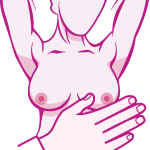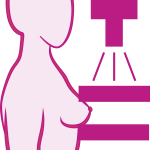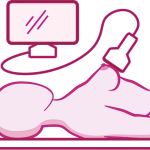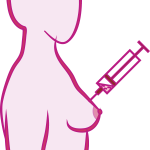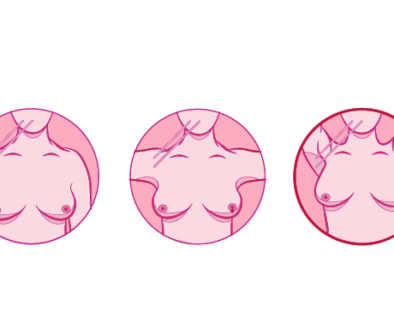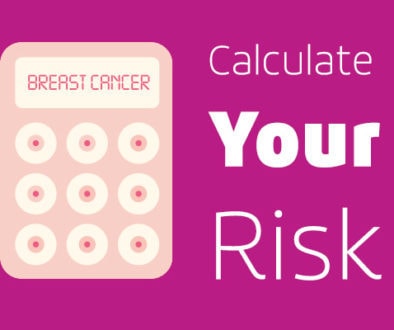The Triple Assessment
At the SouthWest Breast Clinic we know that every woman wants confidence in their results. Whilst a single check can provide a good indication, the ‘triple test’ provides the highest level of confidence available and is today recognised by medical practitioners around the world as the ‘gold standard’ diagnostic. The triple assessment includes three diagnostic tests:
- A review of your medical history and a clinical breast examination.
- Medical Imaging – including a mammogram and/or ultrasound.
- Pathology – on the cells collected from a fine needle aspiration (FNA) cytology and/or Core Biopsy.
The sensitivity of the ‘triple test’ is greater than any of the individual components alone.
